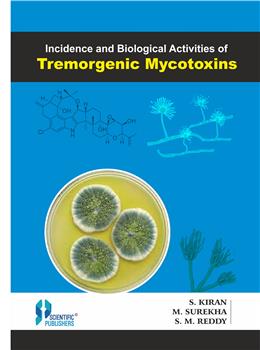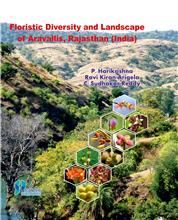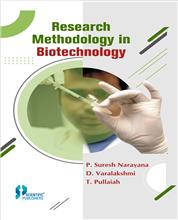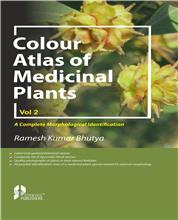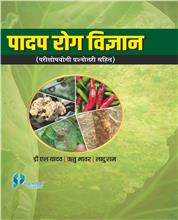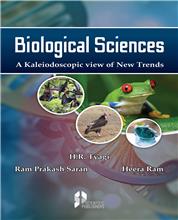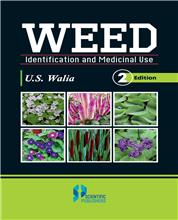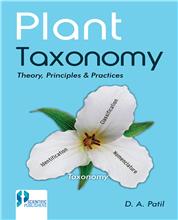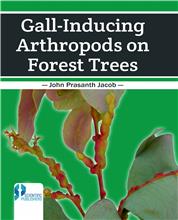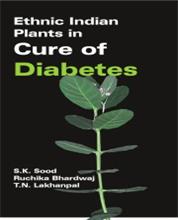The present book is the outcome
of our studies on mycotoxins during last 20 years on the incidence of
mycotoxins, biological activates and their management. However, little
information is available on this group of mycotoxins. Therefore, an attempt is
made to document the chemical diversity and biological activates under diverse
environmental conditions. Exposed storage of fodder and inevitable
contamination of feeds with mycotoxins may results in complex and vulnerable
situation for mycotoxin elaboration. Management of mycotoxins problem in feeds
and fodders is not only problematic but also intricate. In view of emerging
nature of tremorgenic mycotoxins, their incidence and biological activities are
yet to be established. In depth studies are needed which may unravel many facts
facilitating the effective management of these mycotoxins and protect the
health of pet animals and livestock. Therefore, an attempt has been made to
present the understanding of this group of mycotoxins in the light of our
investigations. However, much more intensive and integrated studies are needed
to unravel many facets of their biological activities.
Contents
Preface
1. Introduction
2. Taxonomy of
tremorgenic mycotoxin producing fungi
3. Penitrems
3.1.
Producing organisms
3.2.
Chemical Structure and characteristics
3.3.
Isolation and Detection
3.4.
Production
3.5.
Biosynthesis
3.6.
Natural incidence
3.7.
Biological activity
3.8.
Mechanism of action
3.9.
Toxicokinetics
3.10.
Management of penitrems
3.11.
Future
4. Janthitrems
4.1.
Producing organisms
4.2.
Chemical structure and characteristics
4.3.
Isolation and detection
4.4.
Biosynthesis
4.5.
Natural incidence
4.6.
Biological activity
4.7.
Mechanism of action
5. Lolitrems
5.1.
Producing organisms
5.2.
Chemical structure and characteristics
5.3.
Isolation and detection
5.4.
Biosynthesis
5.5.
Natural incidence
Incidence
and Biological activities of Tremorgenic mycotoxinvi s
5.6.
Biological activity
5.7.
Mechanism of action
6. Aflatrems
6.1.
Producing Organisms
6.2.
Chemical structure and characteristics
6.3.
Isolation and detection
6.4.
Production
6.5.
Biosynthesis
6.5.
Natural incidence
6.7.
Mechanism of action
7. Paxilline
7.1.
Producing Organisms
7.2.
Chemical Structure and characteristics
7.3.
Isolation and detection
7.4.
Biosynthesis
7.5.
Natural incidence 1547.6. Biological activity
7.7.
Mechanism of action
8. Paspaline,
Paspalicine, Paspalinine and Paspalitrems
8.1.
Producing Organisms
8.2.
Chemical Structure and characteristics
8.3.
Isolation and detection
8.4.
Biosynthesis
8.5.
Natural incidence
8.6.
Biological activity
8.7.
Mechanism of action
9. Territrems
9.1.
Producing organisms
9.2.
Chemical Structure and Characteristics
9.3.
Isolation and detection
9.4.
Production
9.5.
Natural incidence
9.6.
Biological activity
9.7.
Mechanism of action
10. Fumitremorgen
10.1.
Producing Organisms
Contents
vii
10.2.
Chemical Structure and characteristics
10.3.
Isolation and detection
10.4.
Biosynthesis
10.5.
Natural incidence
10.6.
Biological activity
10.7.
Mechanism of activity
11. Miscellaneous
Tremorgenic Mycotoxins
11.1.
Verruculogen
11.1.1.
Producing Organisms
11.1.2.
Chemical Structure and Characteristics
11.1.3.
Isolation and Detection
11.1.4.
Natural Incidence
11.1.5.
Biosynthesis
11.1.6.
Biological Activity
11.1.7.
Mechanism of Action
11.2.
Verrucosidin
11.2.1.
Producing Organisms
11.2.2.
Chemical Structure and Characteristics
11.2.3.
Isolation and Detection
11.2.4.
Natural Incidence
11.2.5.
Biological Activity
11.2.6.
Mechanism of Action
11.3.
Verruculotoxin
11.3.1.
Producing Organism
11.3.2.
Chemical Structure and Characterises
11.3.3.
Isolation and Detection
11.3.4.
Biological Activity
11.4.
Tryptoquivaline
11.4.1.
Producing organisms
11.4.2.
Chemical Structure and Characteristics
11.4.3.
Isolation and Detection
11.4.4.
Biosynthesis
11.4.5.
Natural Incidence
11.4.6.
Biological Activity
12. Management of
Tremorgenic Mycotoxins
Abbreviations
References
